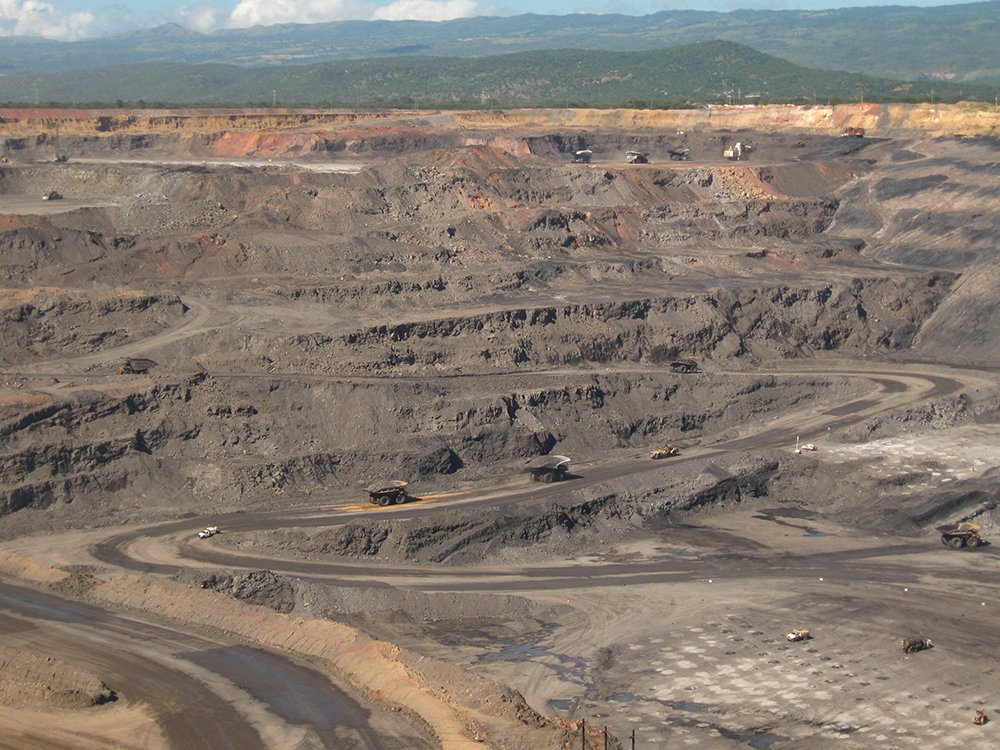In many developing countries, large-scale mining operations are often linked to a variety of chronic negative health effects for those working in mines and among local populations. Mining tends to involve a variety of chemicals, (such as mercury and arsenic), and large amounts of water, which can affect local populations’ access to clean water. Chemical spills and water shortages caused by mining, and pollution from oil extraction can lead to poorer harvests and reduced fishing opportunities. This, in turn, can result in severe consequences for the local populations’ nutritional intake and livelihoods. Reports from mining regions in Asia, Africa, and South America illustrate how the extractive industries’ emissions of toxic chemicals in watercourses have caused cancer, renal failure, silicosis, skin conditions, birth defects, infertility, and a number of other diseases.
Some examples
- In Nigeria, decades of pollution from oil pipelines have turned the Niger Delta into one of the world’s most polluted areas. Villages are located next to lakes of oil, affecting people’s health. The extraction of oil releases natural gas, which in the Niger Delta is often burnt off directly into the atmosphere, (so-called flaring). Impurities released by flaring can cause cancer, lung and respiratory system damage. It is estimated that two million people live within four kilometres of a gas flare.
- The mining industry uses sulphuric acid for the extraction and treatment of copper. During these chemical processes, an acidic mist is created that is harmful to the skin, eyes, and lungs. It also affects crops and contaminates water. In Zambia, one of the world’s largest copper producers, thousands of people suffer health problems due to pollution caused by its copper mines. This is particularly the case for the huge Mopani mine, owned by mining group Glencore, which has become infamous for its environmental and health impacts. Several multi-national mining companies active in Zambia have been sued for their lack of action on these issues.
- Dust from coal mines affects nearby communities, and can lead to, among other things, lung disease in primarily miners. Workers are also exposed to silica dust, which can lead to silicosis, cancer, tuberculosis, and other illnesses. These in turn can result in disabilities and premature death. More than one million miners have been exposed to silica dust. Many years of silica dust emissions from Latin America’s largest open-surface mine, the Cerrejón coal mine in Colombia, is estimated to affect the health of 13,000 people. People who live near the mine are affected by rashes, stomach complaints, eye infections, and breathing difficulties.
Coal dust from Colombia’s largest coal mine, Cerrejón, affects surrounding communities.

